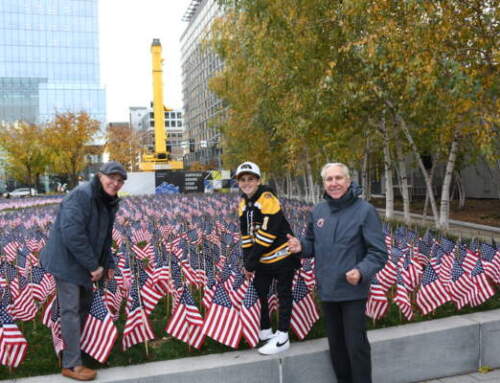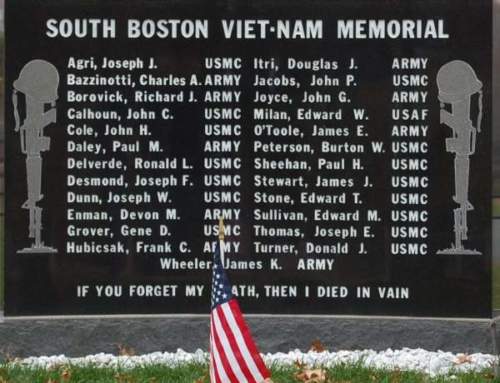by Donald Moskowitz
As a former Navy Enlisted (1950s) and Naval Officer (Navigator and Officer of the Deck, 1960s), I am quite concerned with the recent collisions by our warships in Asian waters. We lost seven sailors in the collision of the USS Fitzgerald and another ten sailors in the collision of the USS John S. McCain. Two guided missile destroyers are out of service and need extensive repairs.
There are many factors that could contribute to collisions between ships, including enemy acts, weather, fatigue, missed or erroneous ship handling commands, and equipment malfunctions, but the one overriding factor leading to collisions is typically inattention to surrounding circumstances while operating in close proximity to other ships and relying solely on technology to keep them safe.
Many ships employ the latest technologies in ship handling, navigation and communication systems, but maritime personnel have to properly utilize the systems. They have to augment these systems by using their training and skills to safely operate the ship in accordance with the nautical Rules of the Road.
When two ships approach each other they are supposed to abide by the Rules of the Road. The ship overtaking another ship is burdened and has to maneuver to avoid the overtaken ship, usually turning to starboard or slowing down. Two ships approaching bow on should each turn to starboard. When a ship approaches another ship that is to its starboard side, it is the burdened ship and it has turn to starboard or port and pass under the stern of the other ship. Proper whistle signals must be used, which comprises one short blast for a turn to starboard, two short blasts for a turn to port, three short blasts for backing down, and five short blasts (international waters) for danger.
When a U.S. Navy ship is operating in or near shipping lanes in close proximity to many ships, the three naval officers who are critical to the safe navigation of a ship are the Commanding Officer (Captain), Navigator, and Officer of the Deck (OOD). The Navigator determines positions and tracks for the ship. The OOD, who stands four hour watches, is in command of the ship and has the Conn unless the Captain is on the bridge. At night, when the two collisions occurred, the Captain was probably sleeping and the OOD was in charge of the ship and responsible to maneuver the ship as necessary and keep the Captain informed of the status of the ship and other vessels in the area. If the ship was operating in potentially difficult situations, then the Captain should have been on the bridge of the ship and maneuvering the ship.
In addition to using radar at night to track other ships, visual sightings are always used to track ships. All ships have port (red) and green )starboard) running lights and white masthead and range lights. By viewing these lights on other ships, the OOD can determine the approximate track of other ships and whether another ship is on a collision course with his/her ship.
Hopefully, the Naval inquiries will determine why the ships collided, and they will implement corrective actions to improve ship handling operations.
Donald Moskowitz
Londonderry, NH
Former AG2 & LT, U.S. Navy Penn State NROTC
(From The Fleet)





